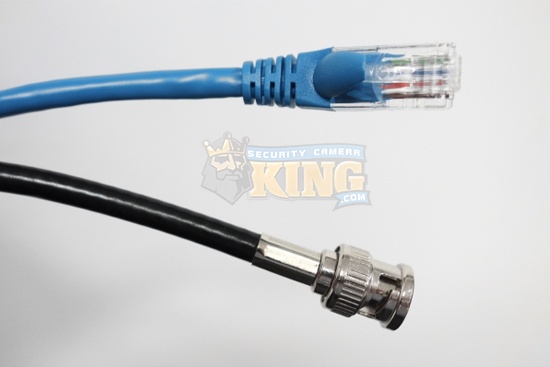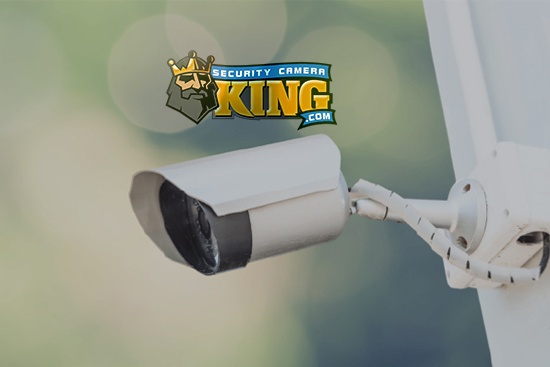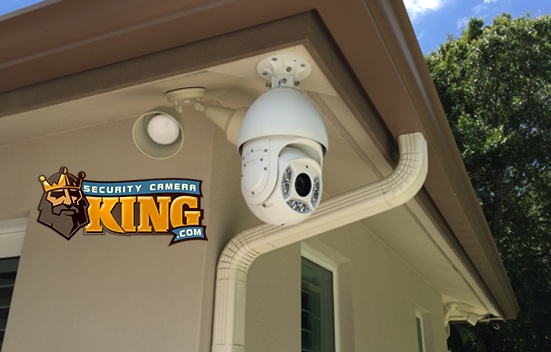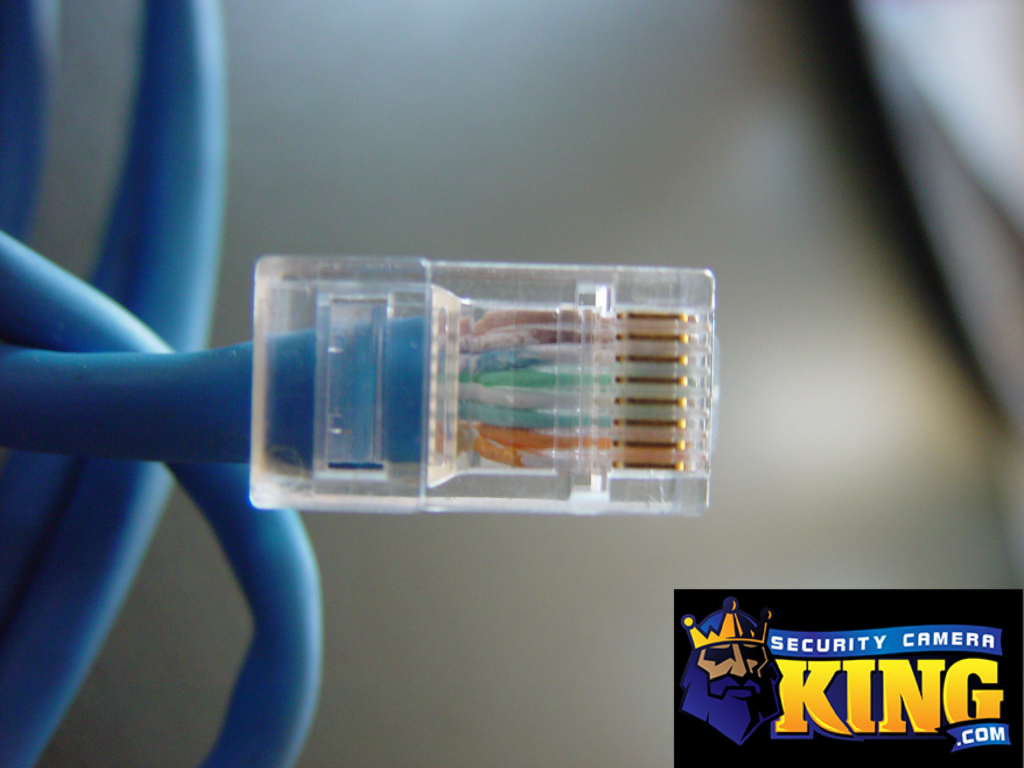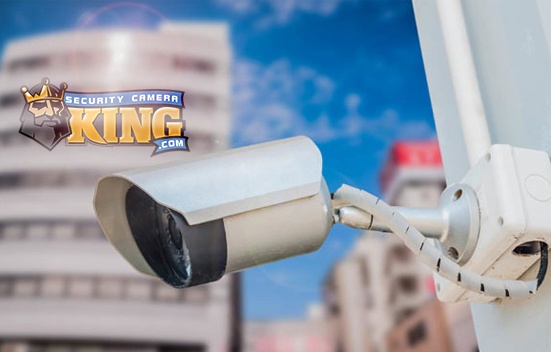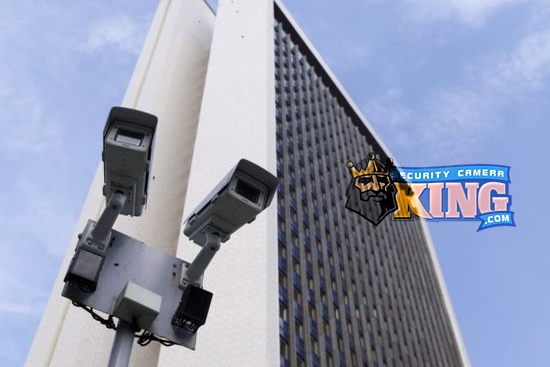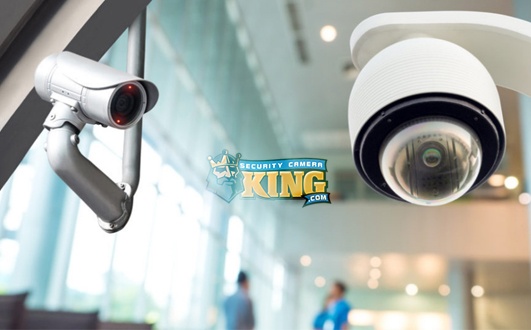There’s really no doubt anymore regarding the importance of installing a video surveillance system at a place of business or to monitor a commercial property. It’s actually more rare to find even small businesses without some form of a security camera system protecting the location’s assets, employees, and visitors. A common question that does come up, however, is whether to keep the current surveillance system in place or to invest in more modern, high tech security cameras.
For at least the past 30 years analog cameras have been the industry standard and would be the most common choice for commercial surveillance applications. In the last decade, though, more technologically advanced security devices have become available. As the affordability and functionality of high tech security cameras that use internet protocol (IP) over traditional analog CCTV become more popular, the importance of considering to adapt to the changing times increases.
What I want to cover in this article are the primary differences between analog CCTV systems and the newer IP devices. We’ll start by explaining how each type of system works along with their ideal applications, advantages, and disadvantages. Finally, we’ll conclude with the benefits of investing in high tech security cameras and the reasons why IP surveillance systems might be the best option for your business. Of course, if you’d rather speak with a security camera expert directly you can always contact us for direct assistance.
What Are Analog CCTV Systems?
The set up for traditional analog CCTV systems includes direct connections between the security cameras to the Digital Video Recorder (DVR). Analog cameras capture an analog video signal that is then transferred through a coaxial cable directly to the DVR. Some analog HD cameras will be powered individually while others might get power through a Siamese cable, which combines both electrical power and signal transfer through one cable.
After the analog video signal is sent to the DVR, it is digitized and compressed to be retrieved and view later. As DVRs become more advanced, more features and options become available for transferring data over the internet through a secure connection.
Advantages:
Cost: Analog cameras generally cost less than a camera by camera basis than IP cameras.
Ease of Use: The installation, set up, and overall use of analog systems are fairly easy to understand and easier for non-professionals to use.
Less Bandwidth: Since analog cameras send analog files over coax, the files sent to the DVR are usually smaller. Smaller files take up less network bandwidth. Also, a DVR doesn’t really use bandwidth unless the video is being viewed.
More Product Choices: Since analog cameras have been the industry standard for so long, there are many more products to choose from that are suitable for your applications and can fit into your budget.
Disadvantages:
More Cables: Since all analog devices will have to both be powered individually and connected to the DVR, there will be considerably more cabling and wiring to handle. Coaxial cables also tend to be more expensive than the cabling for IP systems.
Footage Quality: Even the best analog camera can’t compete with the lowest grade IP camera. Details could be grainy and unusable, which is problematic for identification purposes. It’s also not possible to zoom into analog videos without blurring the image.
Overall Coverage: Traditional analog surveillance cameras will not have as wide of a field of view than more high tech security cameras, resulting in having to add more cameras to your system for overall coverage.
Placement Limitations: Since every analog camera has to be connected to a DVR, there will be considerable limitations for where the cameras can be placed. The further the connection, the less reliable.
Limited Number of Ports: DVRs only have a limited number of ports, which means there are only so many devices that can be added to the system overall. This might mean having to invest in another DVR.
Security: Analog systems can’t really be encrypted, which increases the risk of hacking.
What Are Network IP Systems?
High tech security cameras like the ones found in Network IP systems capture analog footage and convert it to a digital file within the device itself. It’s even possible to have motion detection and compression happen within the camera. Then, the digital files are sent over a secure network through their Ethernet connection. In addition, the cameras are powered through the Ethernet cable, which is then plugged into a POE switch connected to the network hub.
A Network Video Recorder (NVR) is used to capture, compress, and record the digital files, which are much higher resolution than their analog counterparts. NVRs also have other advanced features like intelligent search and zoom to make the most use of their high tech security cameras.
Advantages
Footage Quality: Because an NVR receives digital files, the image resolution and overall quality is considerably higher than analog. It’s also possible to zoom in on the footage for more details.
Overall Coverage: IP security cameras are capable of having a much higher field of view. One camera could cover as much area as four analog cameras, reducing the total number in the system.
Fewer Cables: Because there is only one connection to each camera and there only needs to be one cable connecting the switch to the NVR, IP systems require much less cabling.
Placement and Ports: With the only necessary connection being to the port, there is a far greater distance that can be put between the NVR and each camera. There also are no ports, which means as many cameras can be added as necessary to a single NVR.
Wireless Options: IP camera systems work well in a wireless capacity and are not susceptible to problems with interference from other wireless transmissions. The feeds can also be easily viewed remotely as well.
Security: High tech security cameras are developed with built-in encryption, increasing the security of their files.
Disadvantages:
Initial Setup: Switching to IP network systems will require a whole new environment. This usually means increased labor and installation costs for the initial setup of high tech security cameras.
Initial Cost: High tech security cameras for an IP surveillance system will probably cost more than older analog versions. However, it’s possible you will need less cameras and equipment overall.
More Bandwidth: Since the files that are transmitted by high tech security cameras are larger, even after compression, the overall bandwidth requirements are usually much higher than analog systems.
Storage Space: In order to retain large amounts of bigger digital files, there will be a need for more overall storage space.
Which Security Camera System Should You Buy?
There is no simple answer to this question since every setting and business is different. Purchasing high tech security cameras, however, will ensure that you have the appropriate technologies in place as the security and surveillance industry continues to advance. Visit Security Camera King to view more product details for analog HD cameras and IP network cameras or contact us to speak with a member of our sales team about creating a custom surveillance system suitable to your needs.
Facebook | Twitter | Google+ | YouTube

